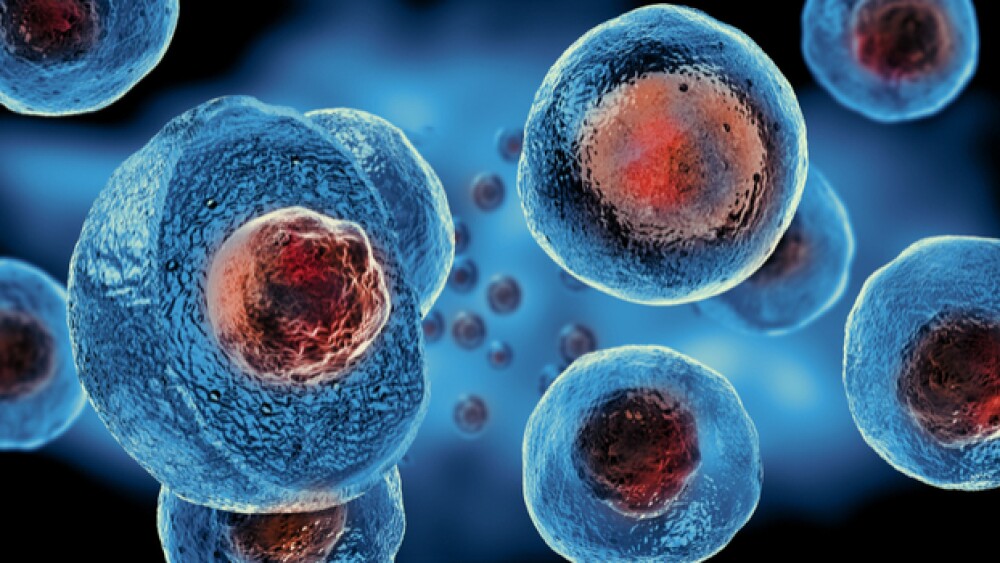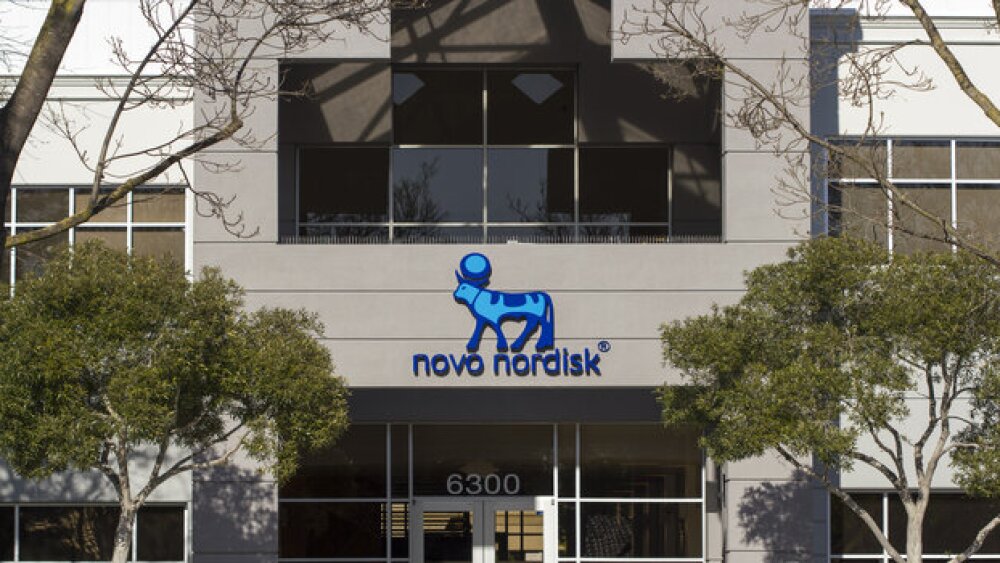Scientists created a protein cocktail that helped repair cardiac tissue. They believe it may potentially decrease many of the complications associated with stem cell transplantation.
Researchers with the University of Connecticut (UConn) School of Dental Medicine developed a technology platform that allows them to record cells communicating in real time. They published their research in the journal Proceedings of the National Academy of Sciences.
Cells are constantly in communication with each other. They do this by secreting proteins. When those proteins reach other cells, it changes the cells’ behavior.
Two examples of cell communication come to mind. The first is the burgeoning field of microbiomics. The microbiome is the trillions of bacteria, viruses and fungi that live in the human body. It’s obvious that this plays a role in gastrointestinal diseases, but more recent research shows that how these different types of microorganisms communicate throughout the body plays a much broader role in a variety of diseases.
For example, in March 2019, Seres Therapeutics inked a three-year research deal with AstraZeneca. The two companies will focus on microbiome-based approaches to predict which patients will respond best to specific cancer treatment. They are also planning to investigate SER-401, an investigational microbiome treatment in combination with AstraZeneca cancer drugs.
Another example of cell-to-cell communication is the underpinning of immuno-oncology therapies that are revolutionizing cancer treatments. Tumors often have a surface protein called PD-L1. T-cells, a type of immune cell, have a surface protein called PD1. When PD-L1 interacts with PD1, it essentially tells the T-cells to ignore the cancer cells. By blocking that interaction using checkpoint inhibitors that block either PD-L1 (Merck’s Keytruda, for example) or PD (Bristol-Myers Squibb’s Opdivo), they allow the T-cells to see and attack the cancer cells.
Current technology paints a picture of these types of interactions, sometimes indirectly. But the researchers at UConn, developed a way to directly analyze the interactions. They focused on stem cells from bone marrow that can be used to treat heart attacks. Using their technology platform, a combination of microfluidics and computer modeling, they were able to record in depth the communications between the stem cells and were able to copy the stem cells’ specific behavior.
“The findings solve a fundamental problem afflicting systems biology: measuring how cells communicate with each other,” stated Yashir Suhail, a postdoctoral fellow in the UConn Dental School’s Department of Biomedical Engineering. “The platform technology will open new lines of inquiry into research, by providing a unique way to detect how cells talk to each other at a deeper level than what is possible today.”
Part of what the researchers found was the flexibility of stem cells, which allowed them to change their behavior depending on what types of cellular injury were present. They were then able to develop a “cell-less” therapy by copying the stem cells’ behavior when stem cells find a tissue injury. They created a protein cocktail that helped repair cardiac tissue. They believe it may potentially decrease many of the complications associated with stem cell transplantation.
The research was funded by the American Heart Association and the National Cancer Institute. It was led by Kshitiz Gupta, an assistant professor at UConn with assistance with researchers from Yale University, The Johns Hopkins School of Medicine, the University of California, San Francisco, and the University of Vermont.





